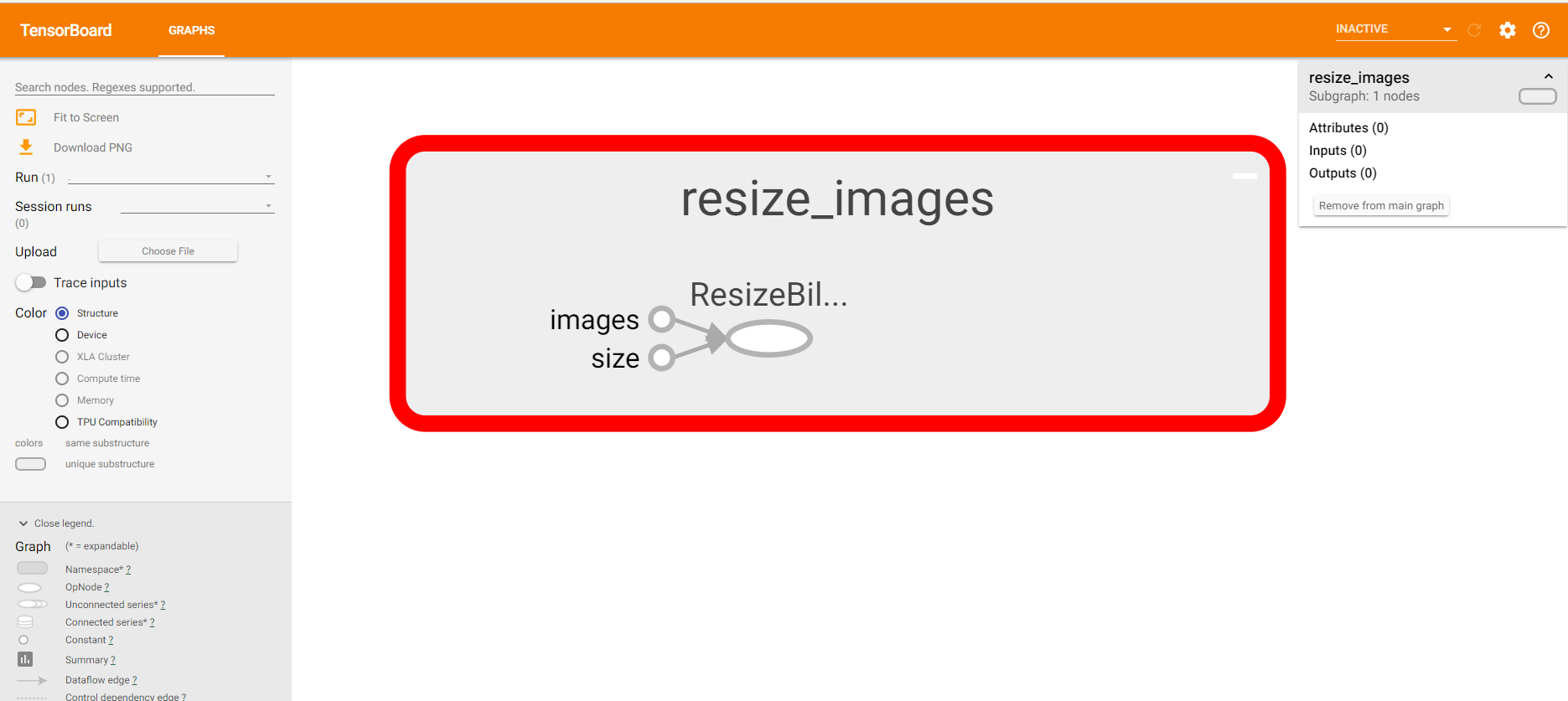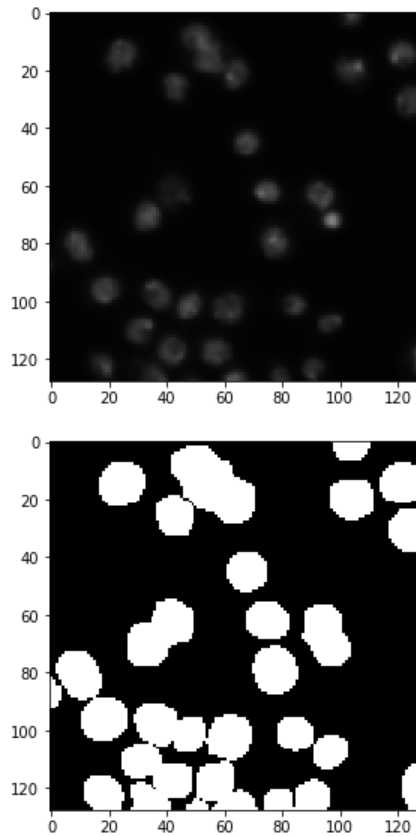

Resized img = tf.image.resize(img, (28,28), method=tf., preserve_aspect_ratio=False, antialias=False, name=None, half_pixel_center=True) However, we recommend you to use TensorFlow operation function like tf.image.centralcrop, more TensorFlow data augmentation method can be found here and.

Img = tf.io.decode_jpeg(img, channels=3, dct_method='INTEGER_ACCURATE')
#TF IMAGE RESIZE CODE#
This stackoverflow states that it is added in tf2.0 with a link to their github showing it has indeed been added: Ībout my code I map the dataset to a function that reads the file path However the half_pixel_centers keyword is not found Half_pixel_centers=True to the resize method and also force it to be bilinear. Which states that two things needs to be changed to ensure that the two files are the sameĭct_method='INTEGER_ACCURATE' needs to be added to the decode These two methods slighty alter the image and makes it such that the same image, but opened in the different methods can't be classified on the cnn. However in the cnn I use tf.io.decode_jpg to open the images. To properly resize and view the image you would need something like: import tensorflow as tf import matplotlib.pyplot as plt import numpy as np with tf.Session() as sess: tf.globalvariablesinitializer().run() image tf.image.resizeimages(originalimage,(128,128)) Cast image to np.uint8 so it can be properly. Value used for extrapolation, when applicable.With the robotics set up we use opencv for the images. The problem comes from tensorflow's resizeimages function returning floats. Currently two sampling methods are supported: Bilinear and Nearest Neighbor.Īn optional float. It can be either "bilinear" or "nearest" and default to "bilinear". A string specifying the sampling method for resizing. Both crop_height and crop_width need to be positive.Īn optional string from: "bilinear", "nearest". The aspect ratio of the image content is not preserved. All cropped image patches are resized to this size. A 1-D tensor of shape with int32 values in specifies the image that the i-th box refers to.Ī Tensor of type int32. Normalized coordinates outside the range are allowed, in which case we use extrapolation_value to extrapolate the input image values.Ī Tensor of type int32. If width or height is greater than the specified targetwidth or targetheight respectively, this op centrally crops. The width dimension is treated similarly. tf.image.resizewithcroporpad ( image, targetheight, targetwidth ) Resizes an image to a target width and height by either centrally cropping the image or padding it evenly with zeros. Here we resize the images to the input size needed for EfficientNet. We do allow y1 > y2, in which case the sampled crop is an up-down flipped version of the original image. An implementation of EfficientNet B0 to B7 has been shipped with tf.keras since. A normalized coordinate value of y is mapped to the image coordinate at y * (image_height - 1), so as the interval of normalized image height is mapped to in image height coordinates. The i-th row of the tensor specifies the coordinates of a box in the box_ind image and is specified in normalized coordinates.

Both image_height and image_width need to be positive.Ī Tensor of type float32. Must be one of the following types: uint8, uint16, int8, int16, int32, int64, half, float32, float64. A simple camera app that runs a TensorFlow image recognition program to identify.
#TF IMAGE RESIZE HOW TO#
In particular, if boxes = ], the method will give identical results to using tf.image.resize_bilinear() or tf.image.resize_nearest_neighbor()(depends on the method argument) with align_corners=True. tf.image.resize() gives different results if used as is (plain) or if wrapped in a tf.(), however, I except the output to be the same in both cases.The behaviour is shown in the output of the snipped below. How to use GPU on your phone to accelerate your model. The cropped boxes are all resized (with bilinear or nearest neighbor interpolation) to a fixed size =. Returns a tensor with crops from the input image at positions defined at the bounding box locations in boxes. This is more general than the crop_to_bounding_box op which extracts a fixed size slice from the input image and does not allow resizing or aspect ratio change. Image, boxes, box_ind=None, crop_size=None, method='bilinear',Įxtrapolation_value=0, name=None, box_indices=NoneĮxtracts crops from the input image tensor and resizes them using bilinear sampling or nearest neighbor sampling (possibly with aspect ratio change) to a common output size specified by crop_size. Tf.compat.v1.image.crop_and_resize tf.image.crop_and_resize( img tf.codejpeg(img, channels3) img tf.image.resize(img, (299. Tf.image.crop_and_resize View source on GitHubĮxtracts crops from the input image tensor and resizes them. This notebook modifies the Image Captioning with Attention Tensorflow 2.0.


 0 kommentar(er)
0 kommentar(er)
